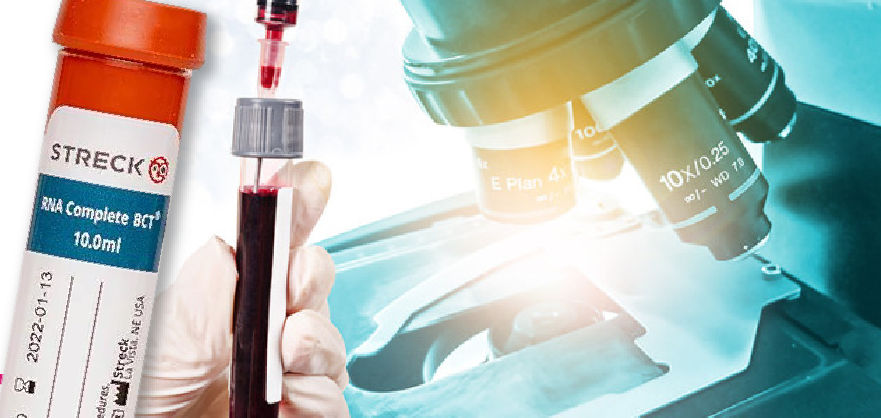Five-year overall survival (OS) for children with B cell precursor acute lymphoblastic leukemia (B-ALL) exceeds 90% with risk-adapted therapy. Age, initial WBC count, genetic aberrations, and minimal residual disease (MRD) are used for risk stratification. Intrachromosomal amplification of a region of chromosome 21 (iAMP21; three or more extra copies of RUNX1 on an abnormal chromosome 21) is a recently identified recurrent genomic lesion associated with inferior outcome in some studies. We investigated the impact of iAMP21 in a large cohort reated in contemporary Children’s Oncology Group (COG) ALL trials. Fluorescent in situ hybridization for specific genetic aberrations was required at diagnosis. MRD was measured by flow cytometry at end induction. Outcome was measured as event-free survival (EFS) and OS. iAMP21 was found in 158 (2%) of 7,793 patients with B-ALL age ≥ 1 year; 74 (1.5%) of 5,057 standard-risk (SR) patients, and 84 (3.1%) of 2,736 high-risk (HR) patients. iAMP21 was associated with age ≥ 10 years, WBC less than 50,000/μL, female sex, and detectable MRD at day 29. Four-year EFS and OS were significantly worse for patients with iAMP21 and SR B-ALL, but iAMP21 was not a statistically significant prognostic factor in HR patients. There was no interaction between MRD and iAMP21. Among SR patients, day 29 MRD ≥ 0.01% and iAMP21 were associated with the poorest EFS and OS; absence of both was associated with the best outcome. iAMP21 is associated with inferior outcome in pediatric B-ALL, particularly SR patients who require more intensive therapy and are now treated on HR COG ALL protocols.
http://www.ncbi.nlm.nih.gov/pubmed/23940221


